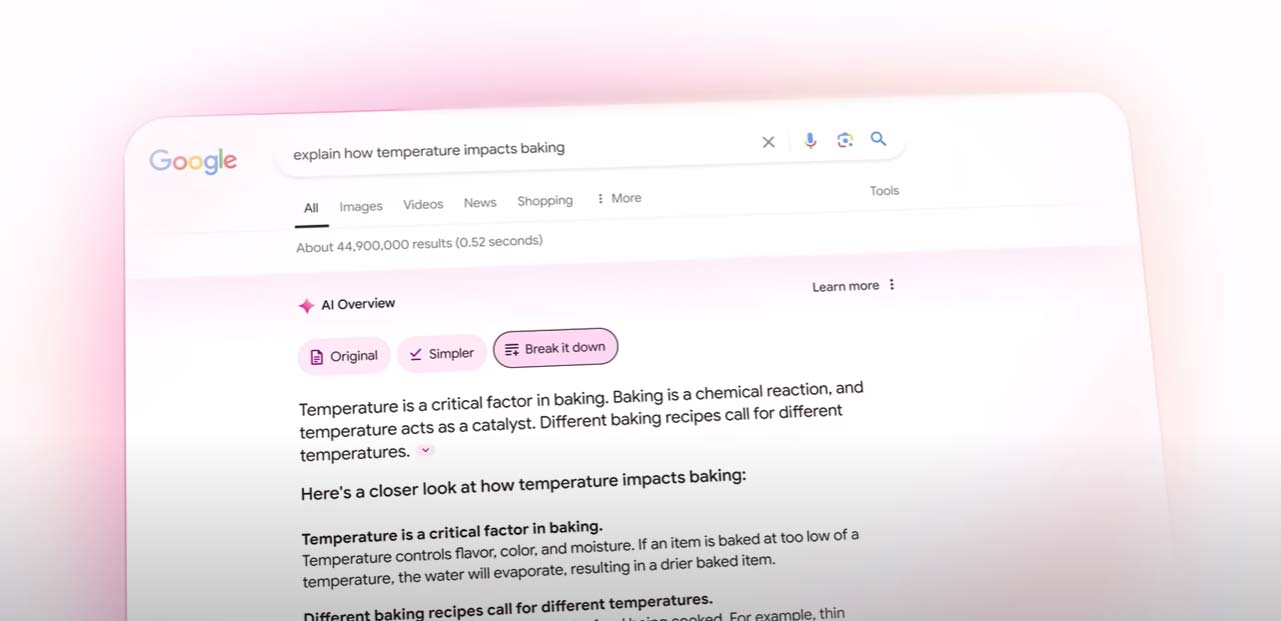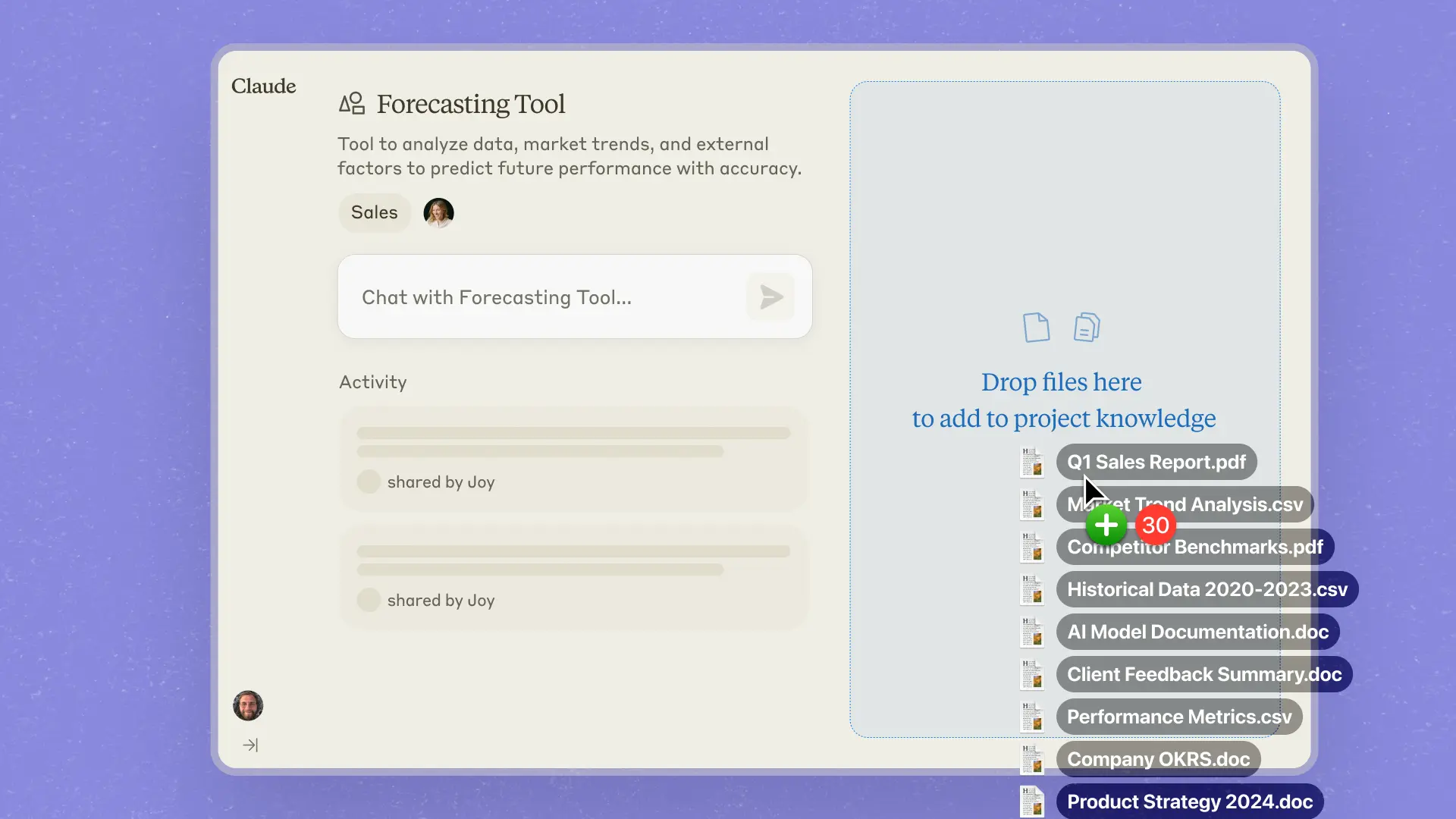AI Wars 2025: Who Leads the Race Between OpenAI, Google, and Anthropic?
Introduction: The Battle for AI Supremacy Heats Up
In 2025, the artificial intelligence landscape is more competitive—and consequential—than ever. What started as a race for smarter chatbots and image generators has evolved into a full-scale technological arms race, with OpenAI, Google, and Anthropic each vying for dominance in capability, safety, and real-world adoption.
Why does this matter? Because the outcome will shape how we work, create, and interact with machines for decades. Recent breakthroughs—from real-time multilingual assistants to AI-driven scientific discoveries—have made it clear: the company that leads this charge will influence global tech policy, economic trends, and even societal norms.
In this deep dive, we’ll break down the strengths, weaknesses, and 2025 strategies of these three AI giants. Let’s get started.
The State of AI in 2025: Beyond Hype, Into Reality
This year, AI isn’t just a buzzword—it’s embedded in daily life. From healthcare diagnostics to climate modeling, AI applications are delivering tangible value. According to a McKinsey report, AI adoption grew by 35% in enterprises since 2024, with generative AI tools leading the charge.
Here’s what’s new in 2025:
- Multimodal AI is now standard—models understand text, images, audio, and video contextually.
- Real-time adaptation allows AI to learn from user feedback without full retraining.
- AI ethics and regulation have become central to public discourse, especially in the EU and U.S.
OpenAI: The Pioneer Under Pressure
OpenAI, once the undisputed leader, now faces intense competition. Its flagship model, GPT-5, launched in late 2024, remains a powerhouse in creative and analytical tasks.
Key Strengths in 2025
- GPT-5’s reasoning capabilities are unmatched in complex problem-solving.
- Strong partnerships with Microsoft ensure robust cloud infrastructure and enterprise reach.
- Wide adoption in content creation, coding, and education sectors.
Challenges and Controversies
Despite its technical prowess, OpenAI has struggled with:
- Public skepticism around transparency and model safety.
- High API costs, limiting accessibility for smaller developers.
- Increased scrutiny from regulators over data usage and copyright issues.

Suggested alt text: OpenAI's GPT-5 demo showing real-time code generation and analysis
Google: The Titan Fights Back with Gemini
After a rocky start, Google has aggressively refined its Gemini series. Gemini Ultra 2.0, released in Q1 2025, integrates deeply with Google Search, Workspace, and Android.
Why Google is Gaining Ground
- Massive user base across Search, YouTube, and Gmail provides unmatched data for training.
- Seamless ecosystem integration—AI features are baked into everyday tools.
- Strong emphasis on responsible AI, with public commitments to ethical guidelines.
Where Google Still Lags
- Perception issues: Gemini’s initial rollout was criticized for over-correction on safety filters.
- Less creative output compared to OpenAI’s models in artistic tasks.
- Slower iteration pace due to larger corporate structure.

Suggested alt text: Google Search results enhanced with Gemini AI explanations and summaries
Anthropic: The Dark Horse Focused on Safety
Anthropic has carved a niche by prioritizing AI safety and interpretability. Its Claude 3.5 model, launched in early 2025, is praised for its balanced approach to capability and constraints.
Anthropic’s Unique Advantages
- Constitutional AI framework ensures alignment with human values.
- Strong appeal to regulated industries like finance and healthcare.
- Superior context length (up to 1M tokens) for processing long documents.
Limitations in the Race
- Smaller scale compared to OpenAI and Google.
- Less brand recognition among general consumers.
- Narrower focus on text-based interactions vs. multimodal features.

Suggested alt text: Anthropic Claude AI dashboard showing ethical training metrics
Head-to-Head Comparison: Innovation, Ethics, and Adoption
Here’s how the three stack up in key areas for 2025:
Technical Innovation
- OpenAI: Leads in pure capability and creativity.
- Google: Best at integration and scalability.
- Anthropic: Top in safety and reliability.
Market Adoption
- OpenAI dominates startups and creatives.
- Google wins with enterprises and everyday users.
- Anthropic is favored in high-stakes industries like law and medicine.
Ethical Standing
- Anthropic is the clear winner here, with transparent safety protocols.
- Google follows closely due to its public commitments.
- OpenAI trails after several controversies around data sourcing.
The Future: What’s Next in the AI Race?
As we look ahead, a few trends will define the next phase:
- Quantum computing integration may accelerate model training.
- Global AI regulations will force stricter compliance.
- Personalized AI tailored to individual users’ needs.
For more on where AI is headed, see Forbes’ latest coverage.
Conclusion: And the Winner Is…
So, who’s leading the AI race in 2025? It depends on the metric:
- For raw power: OpenAI.
- For scale and integration: Google.
- For safety and trust: Anthropic.
What’s certain is that this competition is driving rapid innovation—benefiting users and pushing the boundaries of what AI can achieve.
What do you think? Share your thoughts in the comments below, and don’t forget to subscribe for more AI insights!
.png)